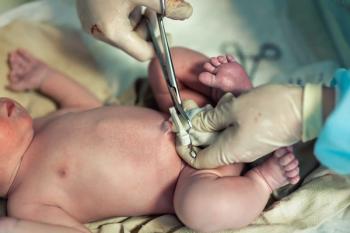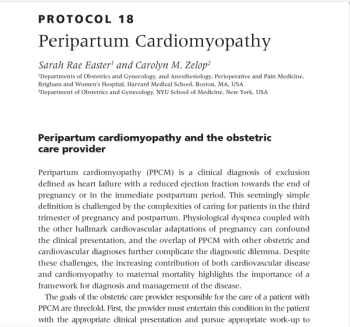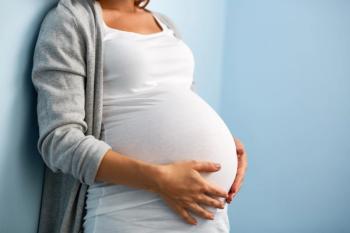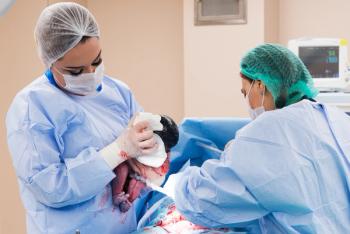
A presentation at the American College of Obstetrics and Gynecology’s (ACOG) Annual Clinical and Scientific Meeting, which started on April 30, discussed maternal mortality in pregnancy and how physicians can reduce rates.


A presentation at the American College of Obstetrics and Gynecology’s (ACOG) Annual Clinical and Scientific Meeting, which started on April 30, discussed maternal mortality in pregnancy and how physicians can reduce rates.

Most guidance recommends a delay of at least 30 seconds in cord clamping following delivery. A presentation at the virtual 2021 Pediatric Academic Societies meeting looks at the research.

Maternal asthma is a major risk factor for a child also developing asthma. A report examines whether vitamin D sufficiency in pregnancy can change that risk.

A study offers much needed information on the rate of infant mortality in infants who have prenatal exposure to opioids.

A higher risk of adult-onset heart failure was found in this Swedish study that investigated its association with singleton live births before 37 weeks gestation.

Curbside Consults delivers expert perspectives from physicians outside of the OB/GYN specialty to provide insight into various health issues affecting pregnant women. This new section is the brainchild of Editorial Advisory Board member Christine Isaacs, MD.

A study has found that caffeine consumption during pregnancy, even in amounts less than the recommended 200 mg per day, is linked to smaller neonatal anthropometric measurements.

Women diagnosed with hypertensive disorders of pregnancy have an increased risk of premature mortality, particularly from cardiovascular disease.

In this protocol, Terplan reviews screening for substance use and diagnosis and management of addiction during pregnancy, labor and delivery, and postpartum. The information is presented against the backdrop of the current opioid crisis. Tables on medication choice and protocols and on risk and protective factors for neonatal abstinence syndrome (NAS) are included.

Obstetric providers can play a central role in identifying patients with opioid use disorder and linking them to life-saving treatment.

The protocol presented here provides an algorithm for the initial evaluation of anemia in pregnancy, with treatment algorithms for the most common causes in pregnancy.

The protocol presented provides an algorithm for the initial evaluation of anemia in pregnancy, with treatment algorithms for the most common causes in pregnancy.

The authors offer guidance on how to optimize maternal and neonatal health outcomes for women with IBD.

This article is on based on information presented at the Society for Maternal-Fetal Medicine’s 2021 Virtual Annual Meeting, which was held Jan. 25 to Jan. 30.

This article is on based on information presented at the Society for Maternal-Fetal Medicine’s 2021 Virtual Annual Meeting, which will be held from Jan. 25 to Jan. 30.

Kacey Eichelberger, MD, presented recent data on the disparities in maternal outcomes of non-Hispanic Black women on Tuesday at SMFM's 2021 Virtual Annual Meeting.

Marijuana use may make conception more difficult for women who smoke than those who don’t, according to a prospective cohort study from the National Institutes of Health (NIH).

Diagnosis and treatment of “the great imitator” that has resurged.

An effective option for refractory cervical insufficiency.

Curbside Consults delivers expert perspectives from physicians outside of the ob/gyn specialty to provide insight into various health issues affecting pregnant women, about which they are experts. This new section is the brainchild of Editorial Advisory Board member Christine Isaacs, MD.

Snapshot: Protocol 18 - Peripartum Cardiomyopathy

Protocol 18: Peripartum Cardiomyopathy

The study also examined whether exposure to inhaled nitric oxide improved the outcomes for African American infants who had early hypoxemic respiratory failure.

An investigation looks at whether prenatal exposure to antiepileptics such as valproate are linked to risk of intellectual disability.

Researchers suggest that administering antibiotics after the incision may even benefit the child’s immune development later in life.